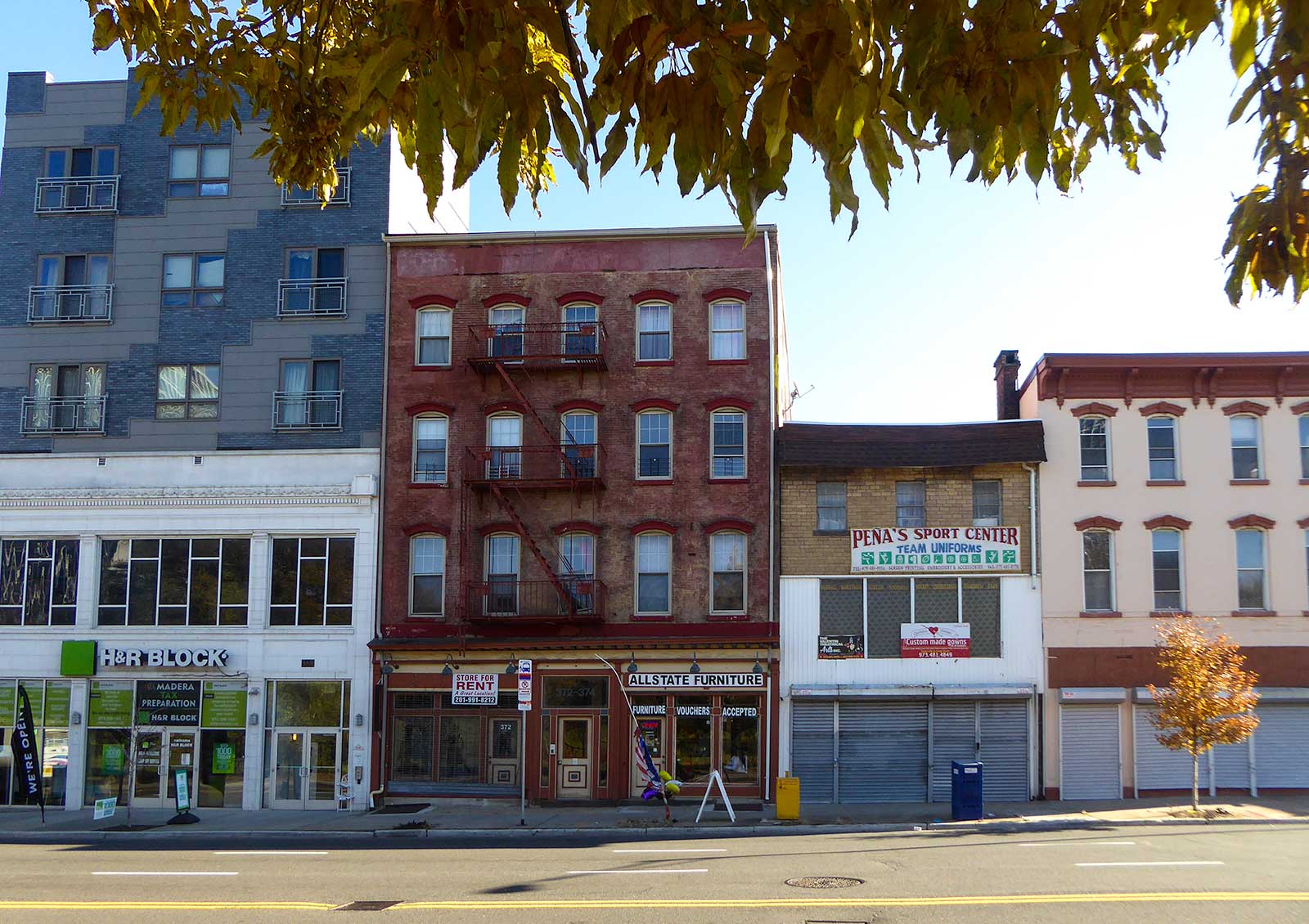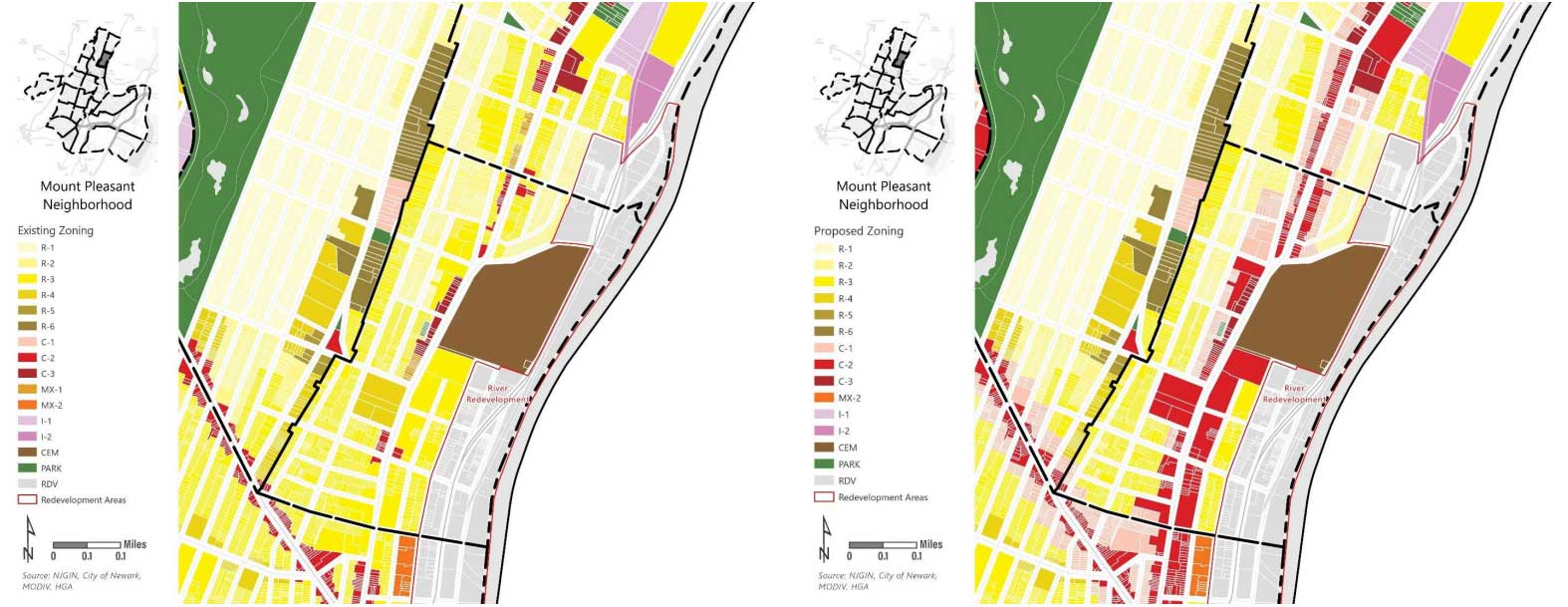
Newark’s Deputy Mayor Allison Ladd unveiled proposed changes to the city’s zoning laws last week that she believes could breathe new life into struggling commercial corridors. But community activists believe the changes could make neighborhoods less affordable and they are pleading for more time to give feedback before it reaches the Central Planning Board next week.
The planned modifications, which include allowing taller buildings in both commercial and mixed-use zones and allowing storefronts to be used for residential uses, are intended to speed up development, ease the backlog in zoning board applications, and fill vacant storefronts, according to Pallavi Shinde, acting planning manager.
“We feel like the upzoning will provide more housing, promote walkability and just help us in addressing blight and vacancy that exists on some of these primary and secondary corridors,” Shinde said. “The health of these corridors tell the health of the city.”

Shinde said most of the “upzoning” would affect the outer neighborhoods, such as Roseville, Fairmont, Belmont, and Forest Hill. Major thoroughfares like South Orange Avenue, West Market Street, Orange Street, and Broadway would see the greatest changes, allowing taller, denser buildings to be constructed there.
However, activists at the Ironbound Community Corporation believe that these changes could have a drastic impact on the East Ward. One of the changes that Shinde outlined — allowing buildings in mixed-use zones to have as many as eight stories — could make the neighborhood less affordable and drive residents unwillingly away, according to JV Valladolid, environmental justice organizer at the ICC.

“The city pointed to the need for development because we have a housing shortage,” Valladolid said. “But these high-rises drive up the cost of rent — it causes displacement and out-prices people from the community they live in.”
Valladolid said that it’s a race against time to pore through the changes before the Central Planning Board will review the plan on April 24. “These amendments will be impacting the city for the next ten years,” Valladolid said. “We’re concerned about the amount of time we were given to review this huge document and give informed public comments.”
In 2021, a Rutgers University think tank CLiME published a study identifying a massive shortage of affordable housing — the city needs to build “16,234 units that cost $750 per month or less,” the study reported.
Ladd said that the city is “laser-focused” on creating affordable housing through initiatives like strengthening inclusionary zoning, selling city-owned land for affordable housing, Section 8 homeownership programs, or down-payment assistance.
“There is significant effort within the city that is unrelated to land use and zoning,” Ladd said. “We are trying more and more to help residents either own their own home or find housing that’s affordable to the city.”
Real estate insiders have been warning that overly restrictive rules can stifle development in blighted neighborhoods. “The bureaucracy that we deal with, even on single-family home residential, in terms of permits, code enforcement, different standards of pre-sale requirements — it’s sometimes more stringent in the areas that need the most help,” said James Hughes, real estate broker for Compass, a panelist at the recent New Jersey Redevelopment Authority conference at Kean University.
However, Hughes believes there is a balancing act between loosening restrictions and maintaining communities with mixed incomes. Hughes, who is also the president of the East Orange Historical Society, believes his rearing in Manhattan’s Lower East Side shaped him. “I think that contributed to how I look at the world. We had not just racial diversity, we had ethnic diversity, religious diversity, we had economic diversity,” Hughes said. “We were able to see — for lack of a better word — how other people were living and it helped inspire.”